Pete Hahnloser
Green energy/tech reporter, burner, raver, graphic artist and vandweller.
- 137 Posts
- 383 Comments
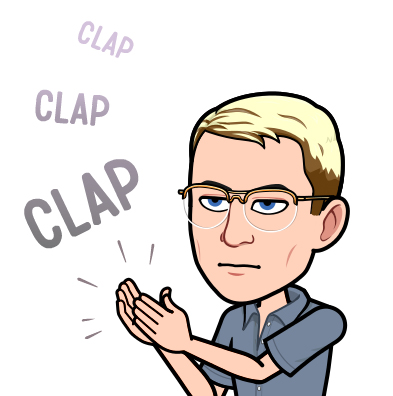
 10·3 days ago
10·3 days agoThere’s a certain level of amusement in trying to picture what those college end-of-party conversations that turn into breakfast at Denny’s look like for conservatives. I enjoy a good, heated argument, but you don’t bond over those except under very specific circumstances one doesn’t run into at that time.

 16·4 days ago
16·4 days agoI wonder if he lets Harlan refer to him as “boy.”
This is actually funny if done in a Foghorn Leghorn voice.

 3·4 days ago
3·4 days agoI could swear Google wasn’t broadly a thing yet. The startup I worked at in 1999 had an elevator pitch for how we “could be the next Yahoo.” Not a great thing to aspire to in retrospect, but Google wasn’t on our radar.
I left Facebook in 2014, having had to rejoin because in that era, you had to have an account to get a job. Which is another topic but worth keeping in mind.
If I don’t know why I’m somewhere, I leave. Rave, website, bar … these are all the same questions, just with less external pressure because you aren’t the product in the other two situations.

 3·5 days ago
3·5 days agoRemember what that landscape looked like. The only major players we know today that existed then are Microsoft and Apple, and Apple had just been bailed out by MS to get in front of antitrust issues. Amazon existed as a bookstore, Google was not around yet, Facebook would still be several years out … MySpace wasn’t yet around. AOL was still a behemoth. Adobe sold perpetual licenses.
This is a far more recent development.

 3·5 days ago
3·5 days agoThere’s always the option to store things locally. You want to get fancy, you can set up a NAS for remote access.
Saying “isn’t X also doing Y” implies the behaviour itself isn’t the problem, when it is. Doesn’t matter who’s using dark patterns for rent-seeking; it matters that we’ve normalized it.

 5·5 days ago
5·5 days ago… they said Archly.

 1·9 days ago
1·9 days agoThis is an underrepresented viewpoint. We are at the point of “find out,” which so many tech companies thought they could stay just to the other side of the line on. Thing is, you can only move the goalposts so often before they’re in someone’s yard, and they didn’t sign up for this shit.
It was OneDrive upgrade nagging that made me switch to Linux. Microsoft could have, you know, not done that and kept a user. They also could have not gone regressive with how the taskbar functions. Or any number of other things that were dismissive of users.
At a certain point, you’re sitting in ever warmer water in the pot, and it occurs that maybe you’re being turned into food. That’s when the Linux pots start looking appealing. This was a completely avoidable problem brought to you by greed.
Greed! Because we don’t think making a good product is what capitalism is about.

 5·9 days ago
5·9 days agoThat is a uniquely awesome hed. And only strengthens my belief that 404 Media is going to make corporate journalism wish that they’d not shit the bed to the extent that viable alternative options sprang up.

 4·11 days ago
4·11 days agoHere’s the original Rolling Stone report
I didn’t hit a paywall, but here’s an archive link in case that’s my Firefox extensions.

 18·12 days ago
18·12 days agoQuick reminder that you are on Beehaw. There’s only one rule here, and this sort of dismissive take does not adhere to it. Please find something substantive to dismiss.

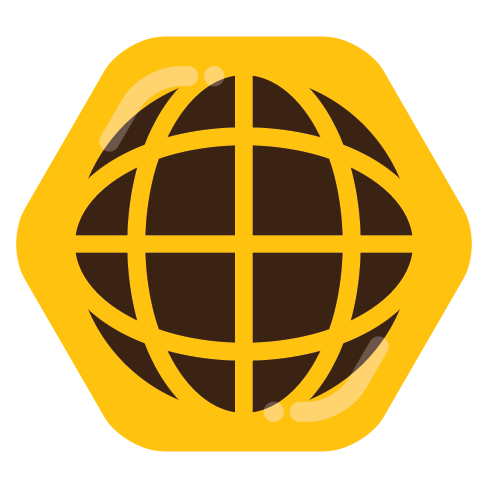 2·13 days ago
2·13 days agoWhich is particularly acute in the case of Argentina.

 12·13 days ago
12·13 days agoI have to respect the restraint the retired judge showed here. I don’t find it appropriate, but it’s professional, unlike Cannon.

 3·13 days ago
3·13 days agoI’ve done the same and feel the same way. I’m still active on Reddit because I want to be an active part of helping people who have questions. I don’t feel the larger Lemmy community wants that so much as to complain about things. I certainly have things to complain about in life, but I don’t feel it’s healthy for me to engage with spaces that are going to cause more issues than they resolve.

 5·13 days ago
5·13 days agoAnd you would be … 🤣
I do kid. I enjoy that we have the options to dive into the deep end elsewhere or just hang out in a space where bullshit is quickly quashed. I’m here for discussion and to be active in ensuring this is a place I never find myself regretting joining.
Is it what everyone wants? Of course not, but that was never the intent of Beehaw to my knowledge. I’m glad you’re happy here and hope you continue to feel that way. And, you know what? Fuck anyone who tells you not to be happy with what you have. This is not Beehaw- or Lemmy-specific, this is life. Never let anyone else bring you down for what you’re comfortable with.

 15·14 days ago
15·14 days agoHas there ever been a left-wing austerity programme? This is anti-labour bullshit every fucking time.

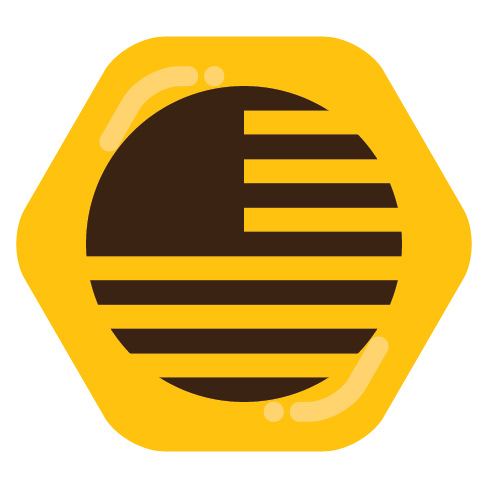 3·15 days ago
3·15 days agoThe only anchors I’ve spent any time with were at WHSV, and this was 2002. Remarkably normal people, but as journalists, they knew how to party. Still not a Sinclair outlet, so I guess there’s that.

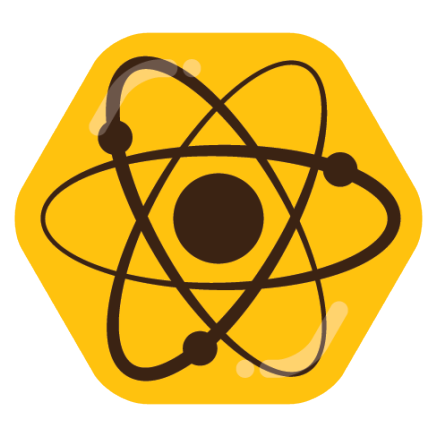 2·15 days ago
2·15 days agoA bit late to the party, but the FDA panel is a recommendation body, not the FDA itself. FDA can overrule this, but as I said, that’s a fraught choice.

 3·18 days ago
3·18 days agoIt’s an investment problem. No one is doing scalable wave power because the money is in offshore wind.

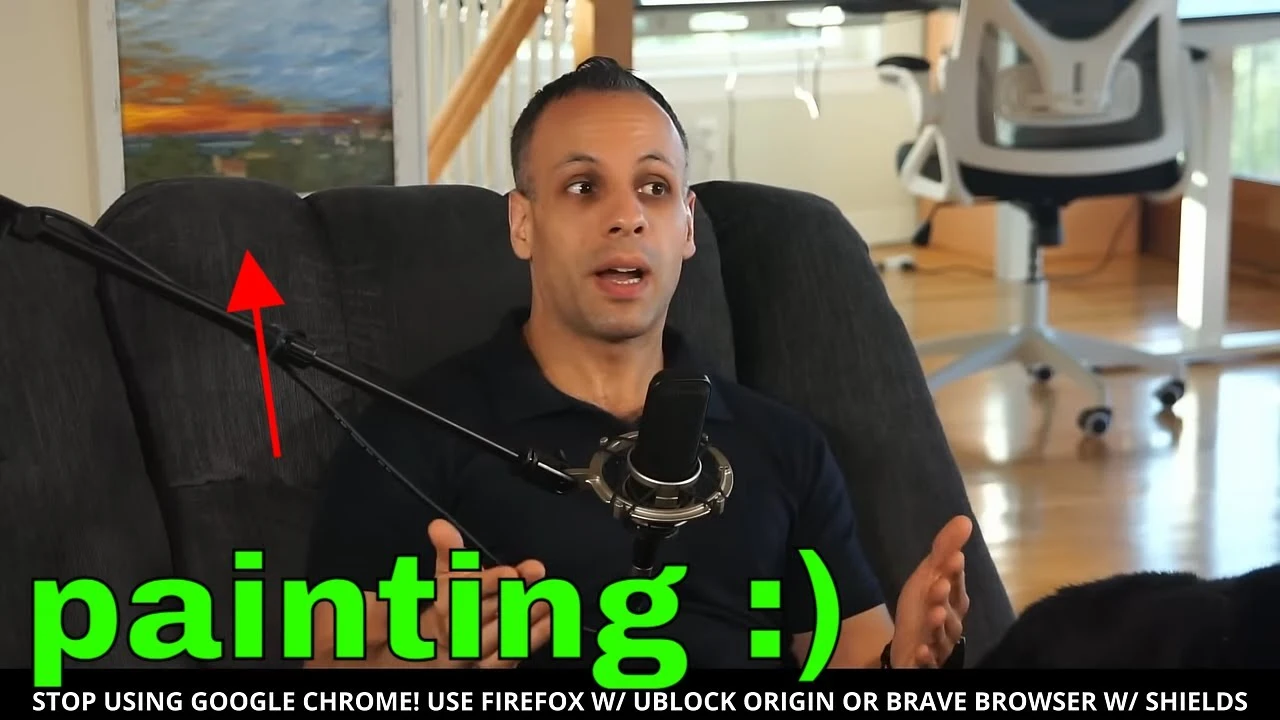

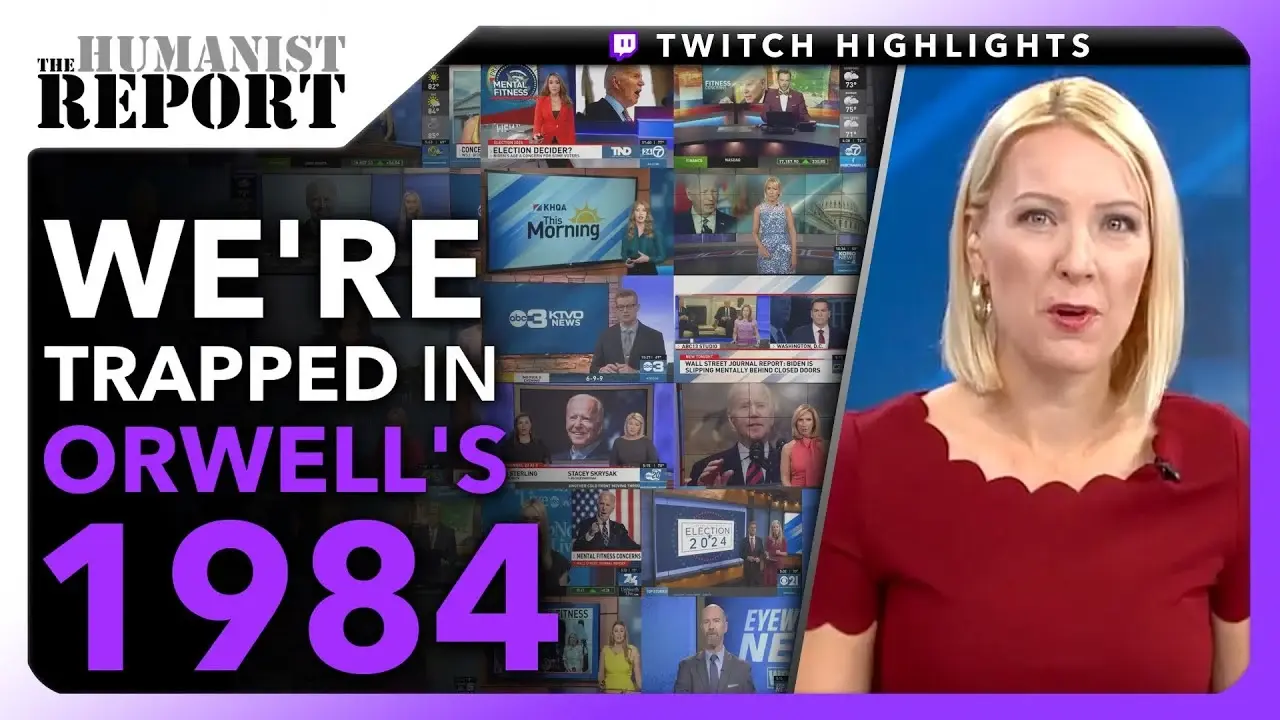


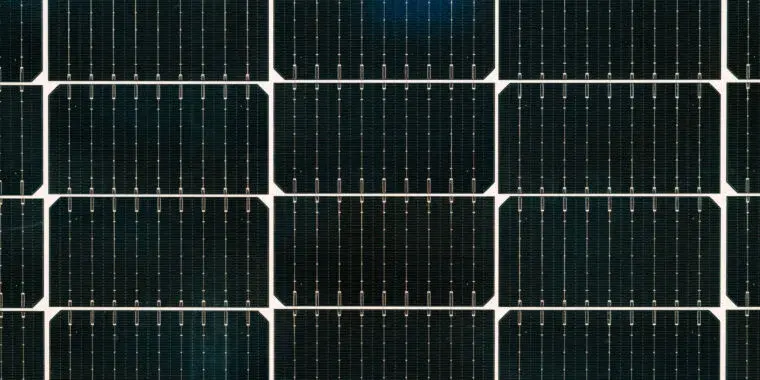



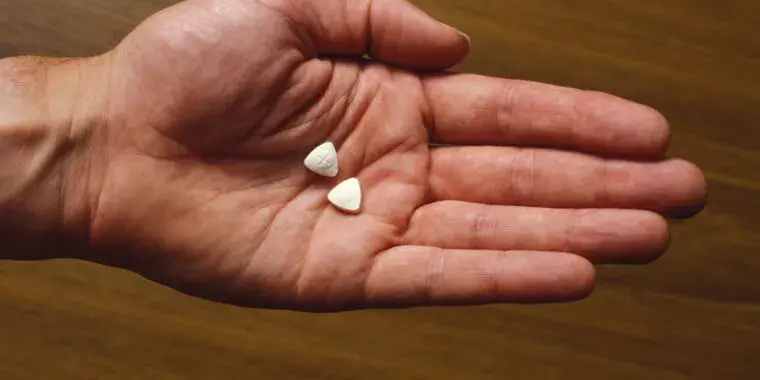
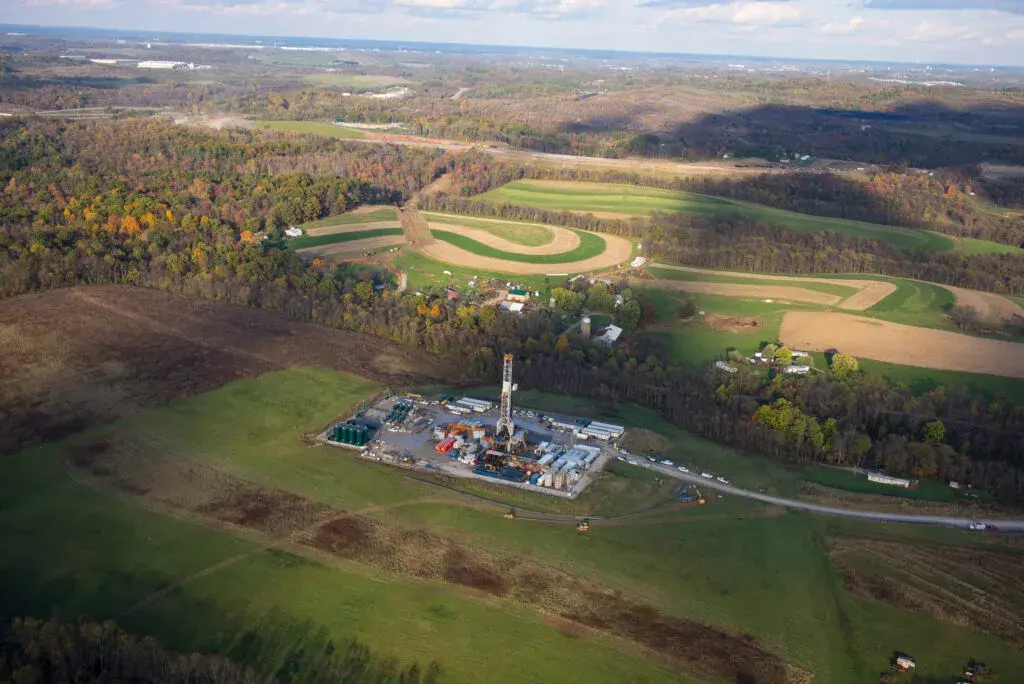




This is not a case of great editing … solid reporting, good numbers, takes a turn in the last graf and then summarily falls off a cliff. You can’t claim a trend, show one data point and then run the tagline.